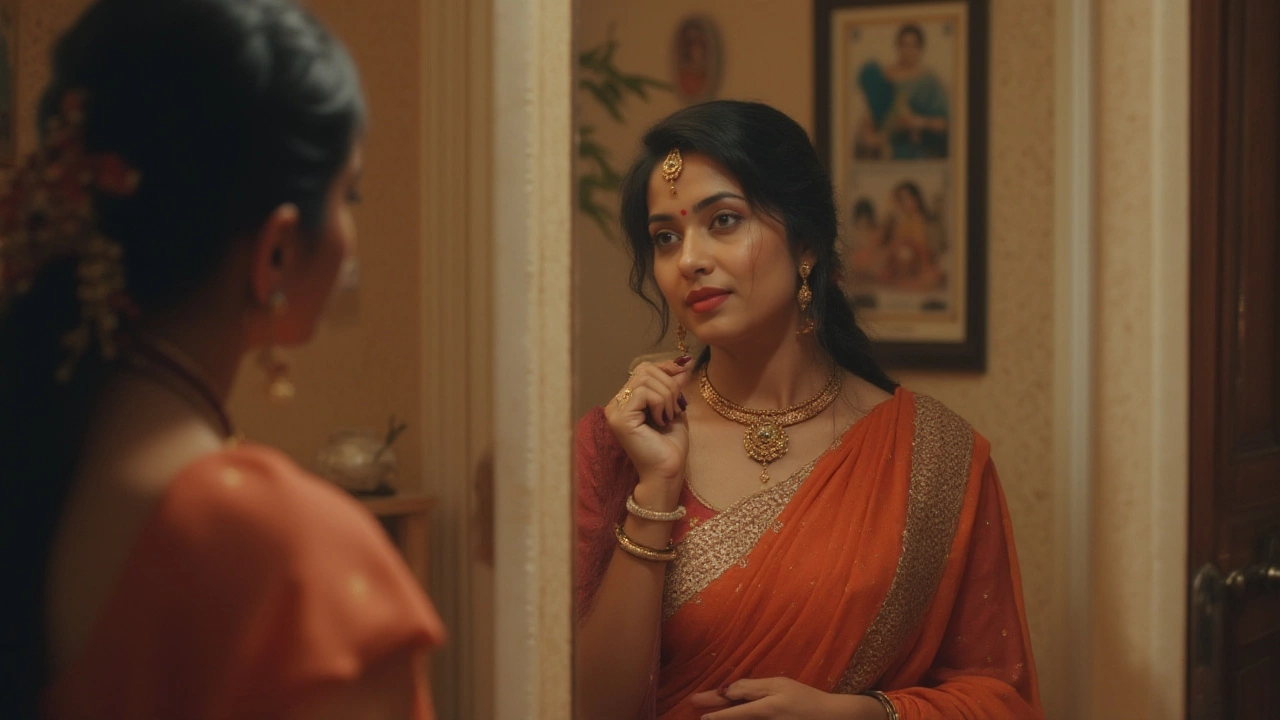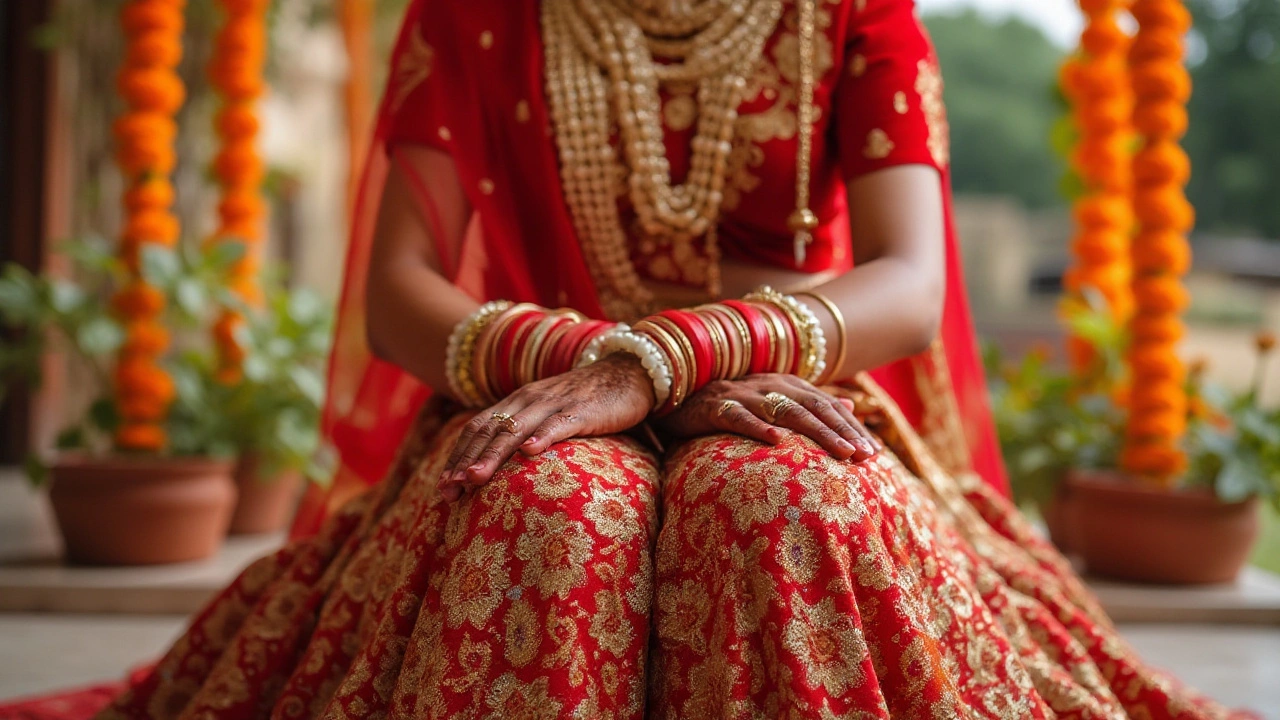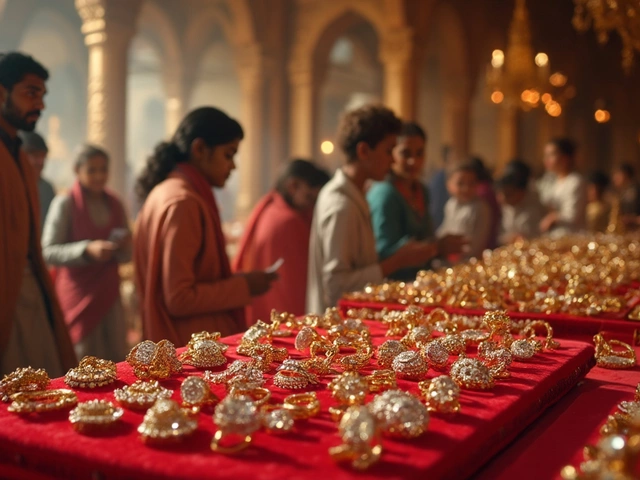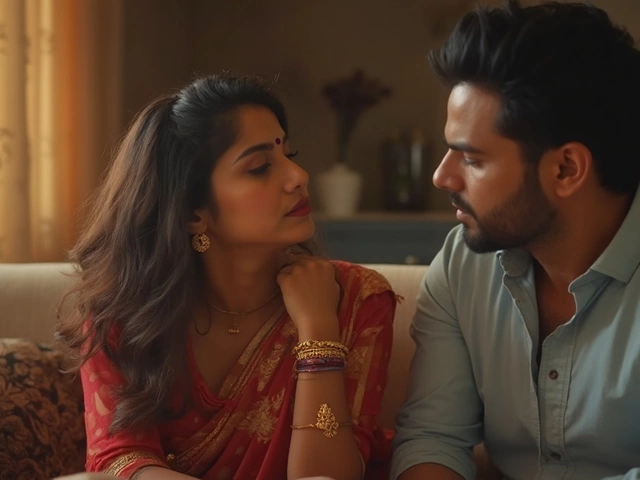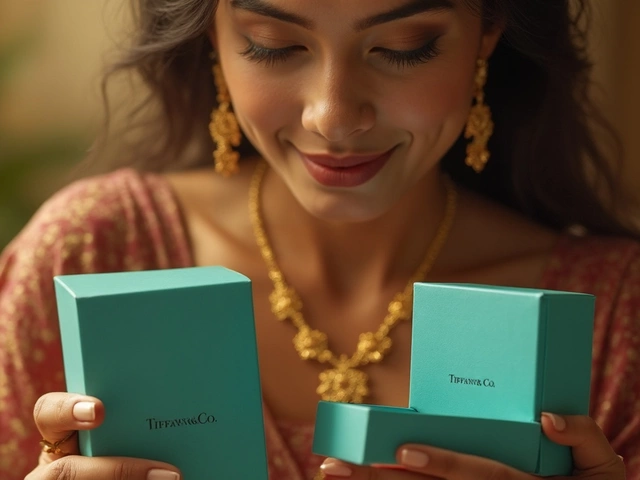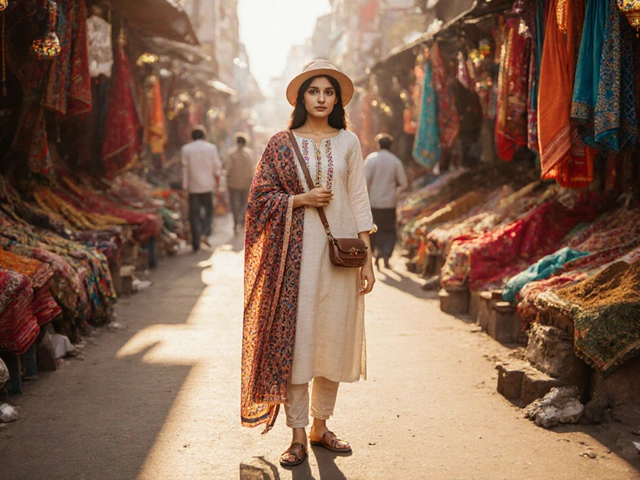Indian Traditions: Everyday Culture, Jewelry & Style Tips
India’s traditions aren’t just for festivals – they shape daily life, the way we dress, and the jewelry we wear. Whether you’re picking a nose stud for a wedding, choosing a fabric for a hot summer day, or wondering why black bangles matter, the answers are usually right in the customs passed down through generations.
Jewelry That Tells a Story
Every piece of Indian jewelry carries meaning. Take the mangalsutra – a black‑beaded necklace that signals marriage. The black beads aren’t just a design choice; they’re believed to protect the couple from evil. If you’re shopping for one, look for a solid gold chain and a pendant that matches your personal style, whether it’s a classic design or a modern twist.
Nose studs are another staple. In many regions, a tiny gold or diamond nose pin marks a girl’s transition into womanhood. The shape you choose can complement your face – round pins suit round faces, while vertical studs flatter longer faces. And yes, you can wear a nose pin every day – just keep it clean and avoid low‑quality alloys that can cause irritation.
Black bangles have sparked curiosity lately. Historically, they symbolized strength and protection, especially for married women. Today they’re a fashion statement that pairs well with both traditional sarees and contemporary outfits. When you buy them, check for a solid gold or stainless‑steel base; cheap plating will wear off quickly.
Fabric, Color & Everyday Comfort
Choosing the right fabric is part of the tradition too. Cotton and bamboo stay breathable during Indian summers, while silk and pashmina add a touch of luxury for cooler evenings. If you’re planning a festive gathering, a silk saree in a vibrant hue will make the gold jewelry pop – gold looks best against deep reds, emerald greens, or royal blues.
Speaking of color, the best backdrop for gold is a rich, warm shade. Navy, maroon, or deep mustard let the metal shine without clashing. Pair a gold necklace with a simple black dress for a sleek look, or match gold earrings with a bright orange lehenga for a festive vibe.
Even everyday habits have cultural roots. Some families keep bangles on while they sleep for good luck, though safety experts advise a snug fit to avoid wrist injuries. Likewise, breaking a glass in a Hindu ceremony is meant to ward off negative energy – a quick tap, not a full smash, keeps the ritual safe.
All these traditions blend practical advice with deeper meaning. When you shop at RH Jewellers, you get pieces that respect these customs while fitting modern lifestyles. From 875‑marked gold (which means 21‑karat purity) to 833‑silver tags, we help you understand the hallmarks so you can shop confidently.
So next time you pick a piece of jewelry or a fabric, think about the story behind it. The tradition isn’t just a rule – it’s a way to connect with heritage while looking great today.
Is It Okay Not to Wear Mangalsutra? Breaking Cultural Norms and Personal Choice
Exploring if it's okay not to wear mangalsutra in modern India. Discusses personal choice, history, societal pressure, and marital symbolism with real-life tips.
Is Breaking of Mangalsutra Really a Bad Omen? Cultural Beliefs and Facts Explained
Is a broken mangalsutra really a bad omen or just a superstition? This article explores its meaning, social impact, and tips if it happens, using real facts from Indian culture.
Mangalsutra: Cultural Meaning, Modern Choices, and Why It's Not a Sin to Remove It
Is removing the mangalsutra truly a sin? Unpack the cultural roots, beliefs and the changing reality for Indian women balancing tradition and choice.
The Significance of Removing Choora Bangles: A Cultural Insight
Choora bangles, an essential part of Punjabi wedding customs, are worn by brides as a symbol of prosperity and marital bliss. These red and white bangles are imbued with cultural richness, marking a new chapter in a woman's life. The ritual of removing the choora signifies her transition from bridal to married life, typically performed by a trusted elder of the family. This article delves into the meaning behind this tradition, when and how it is done, and its importance to the community.


